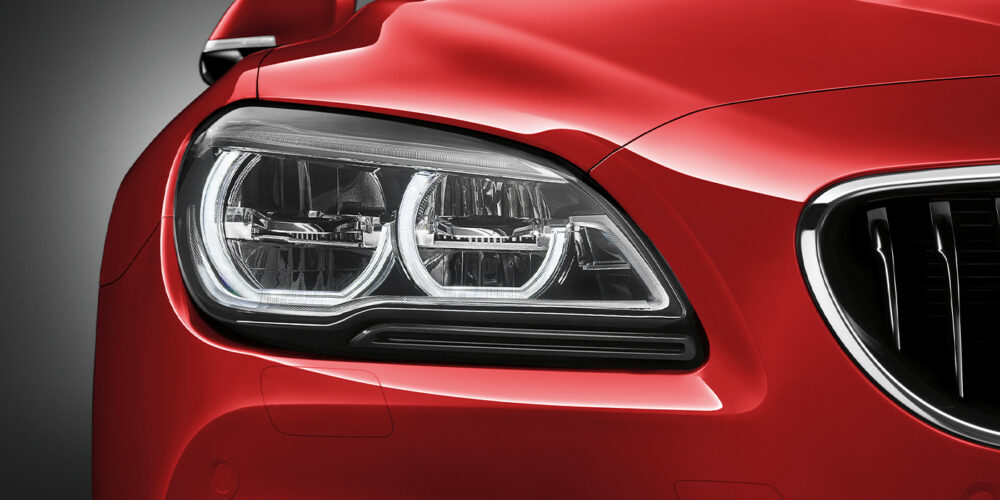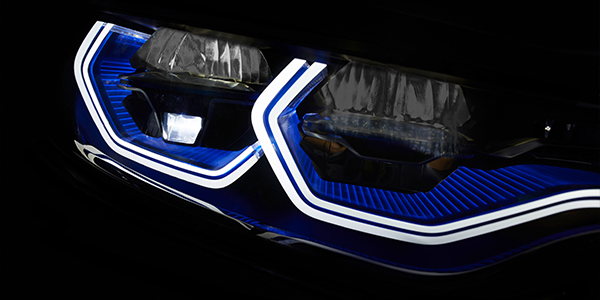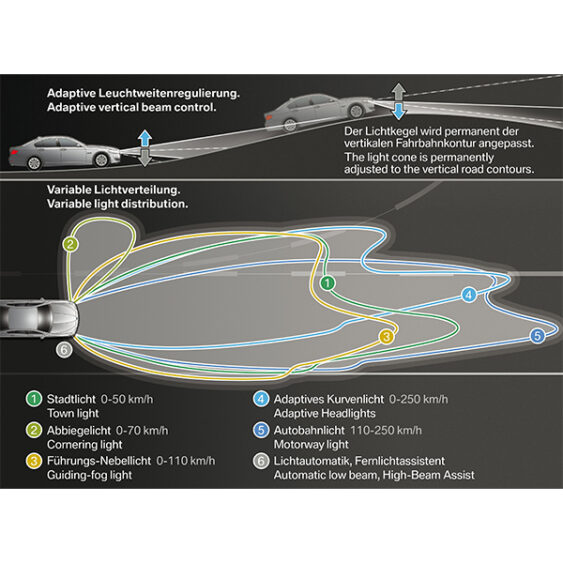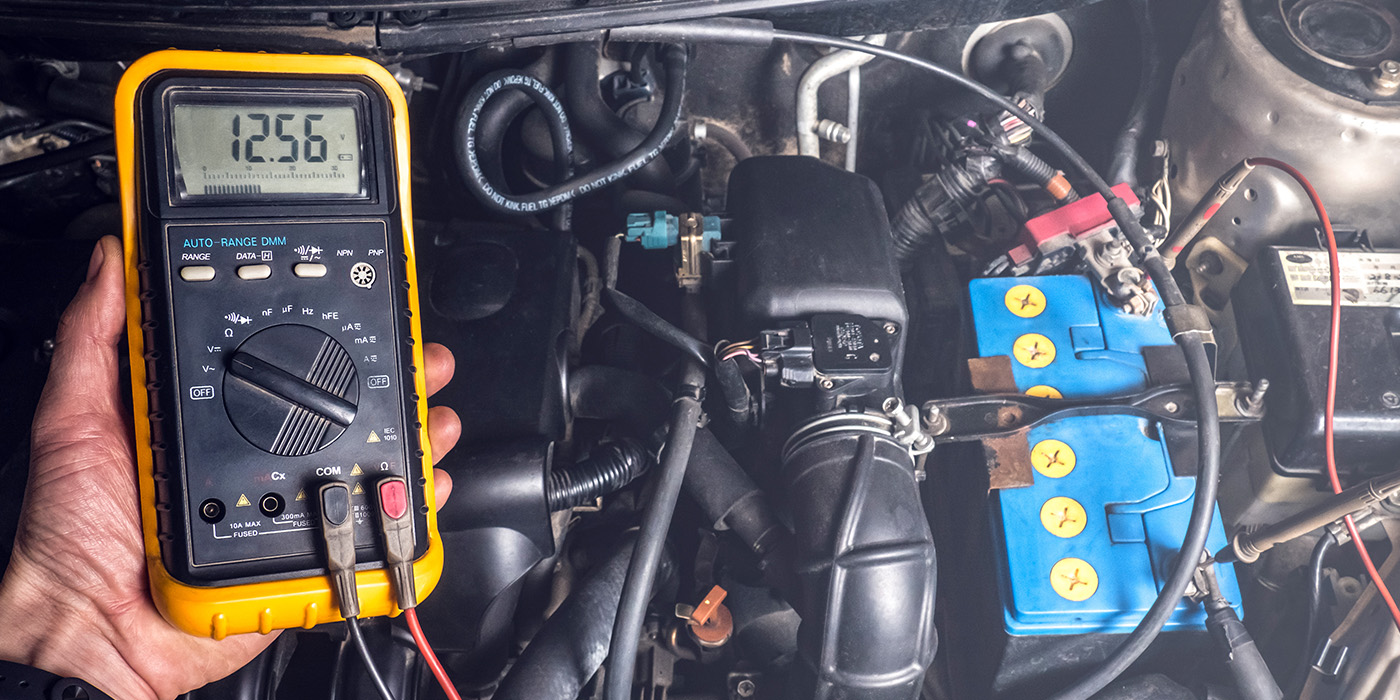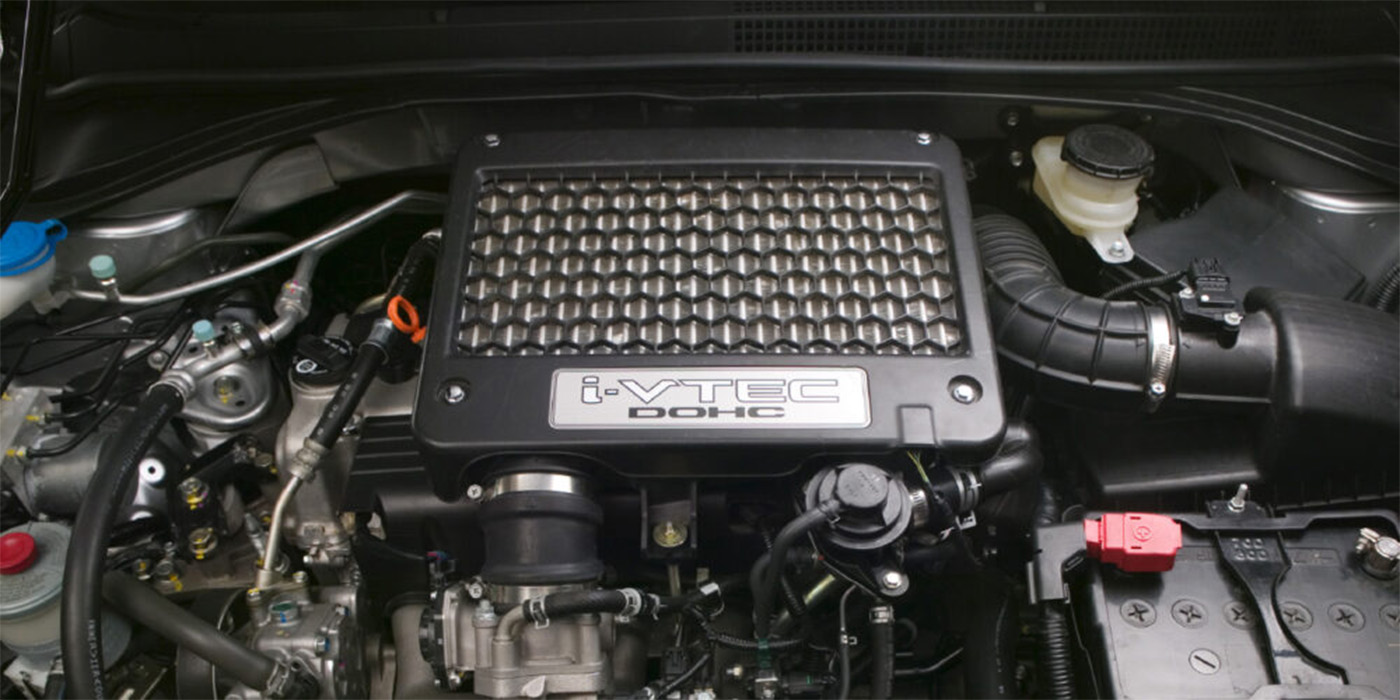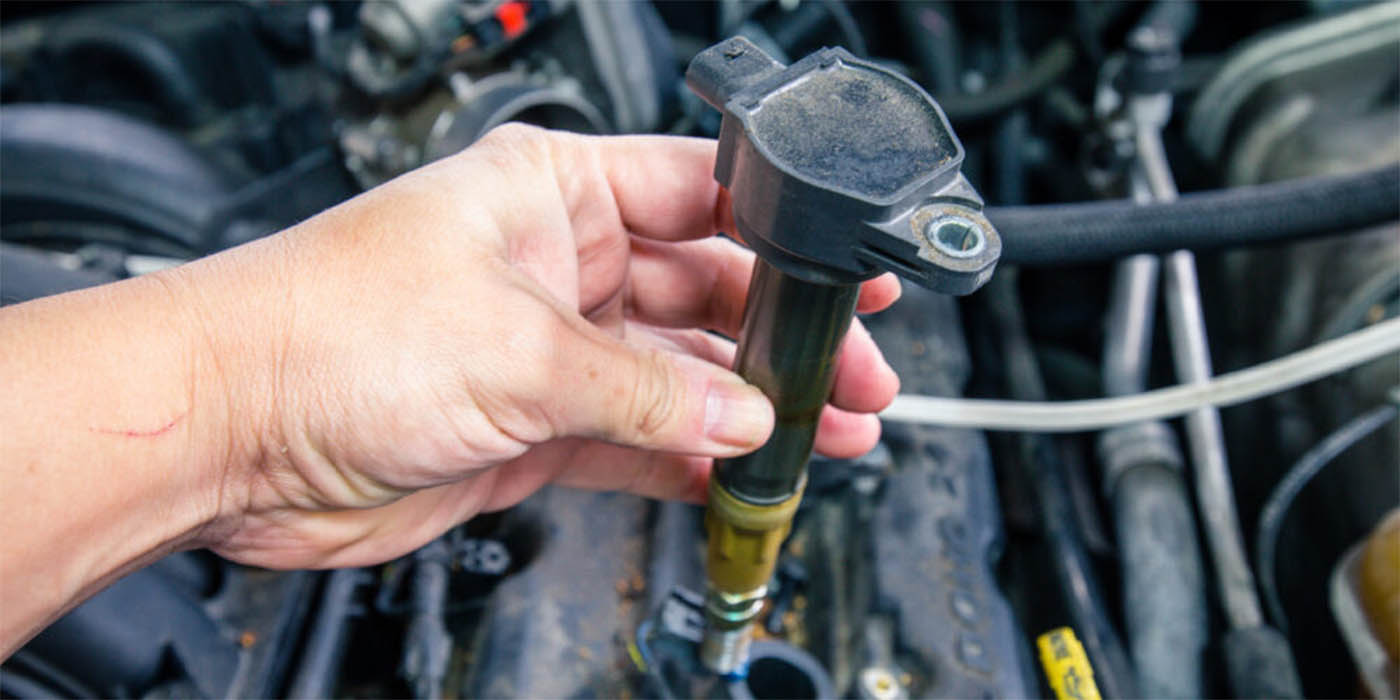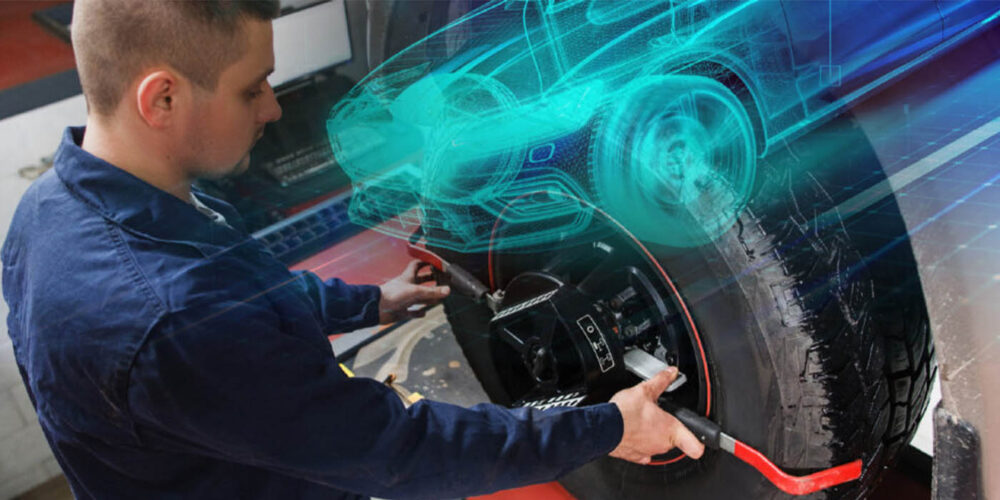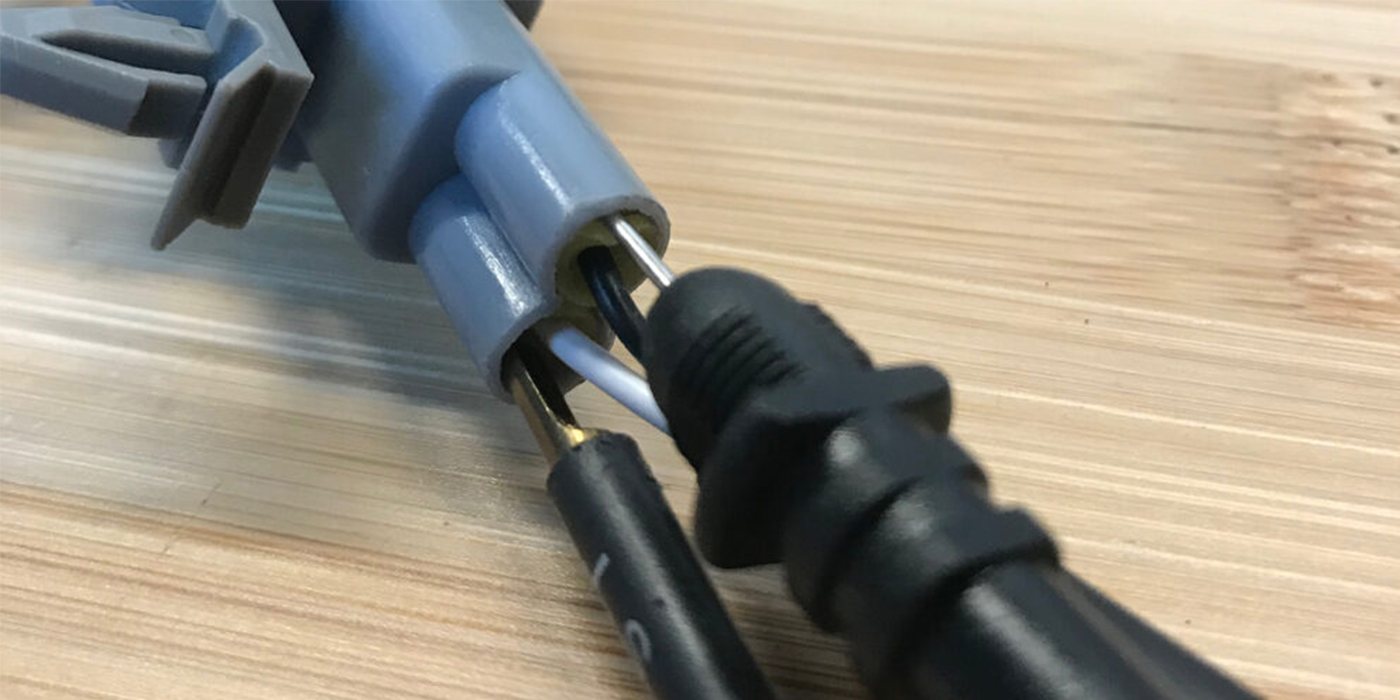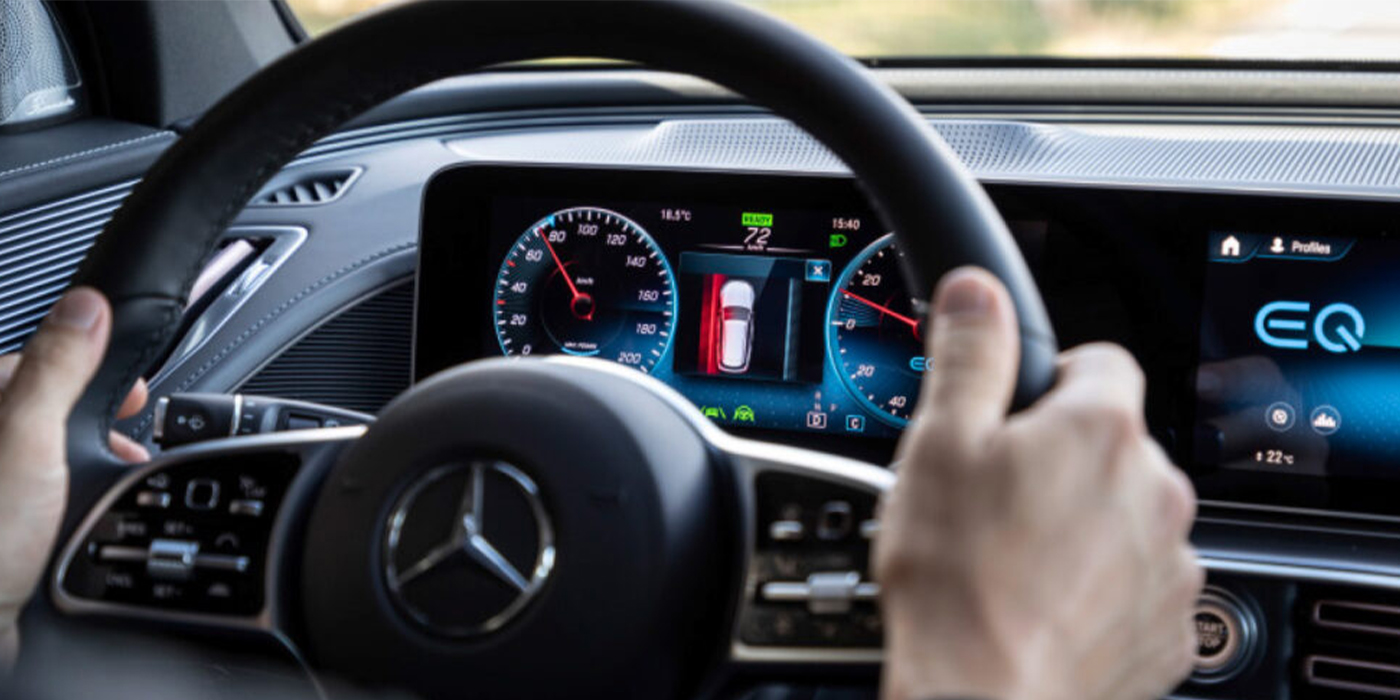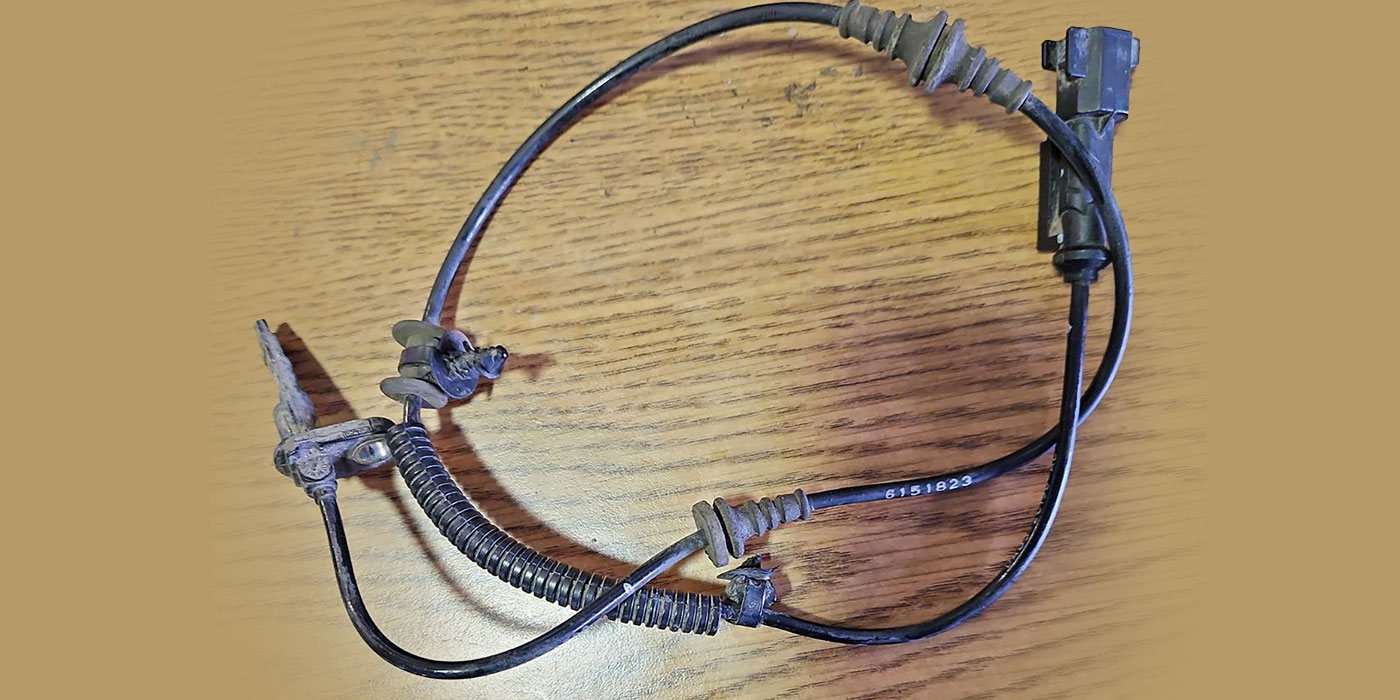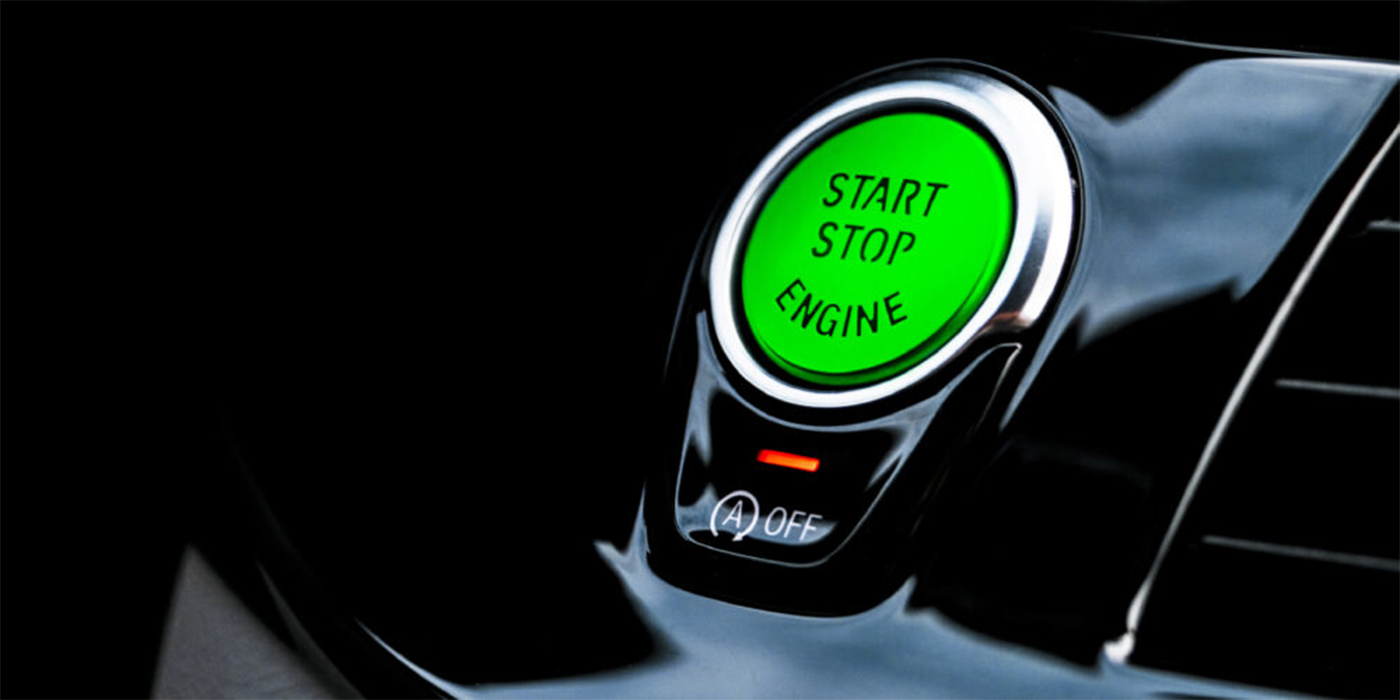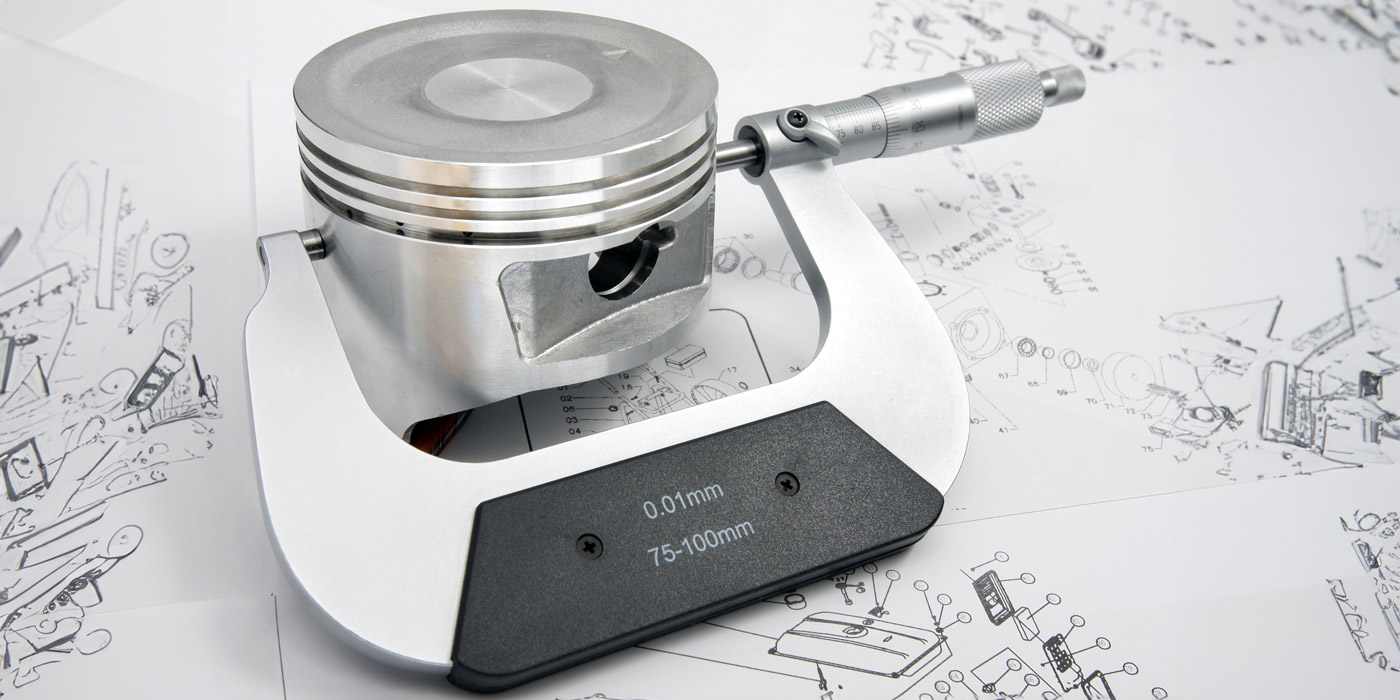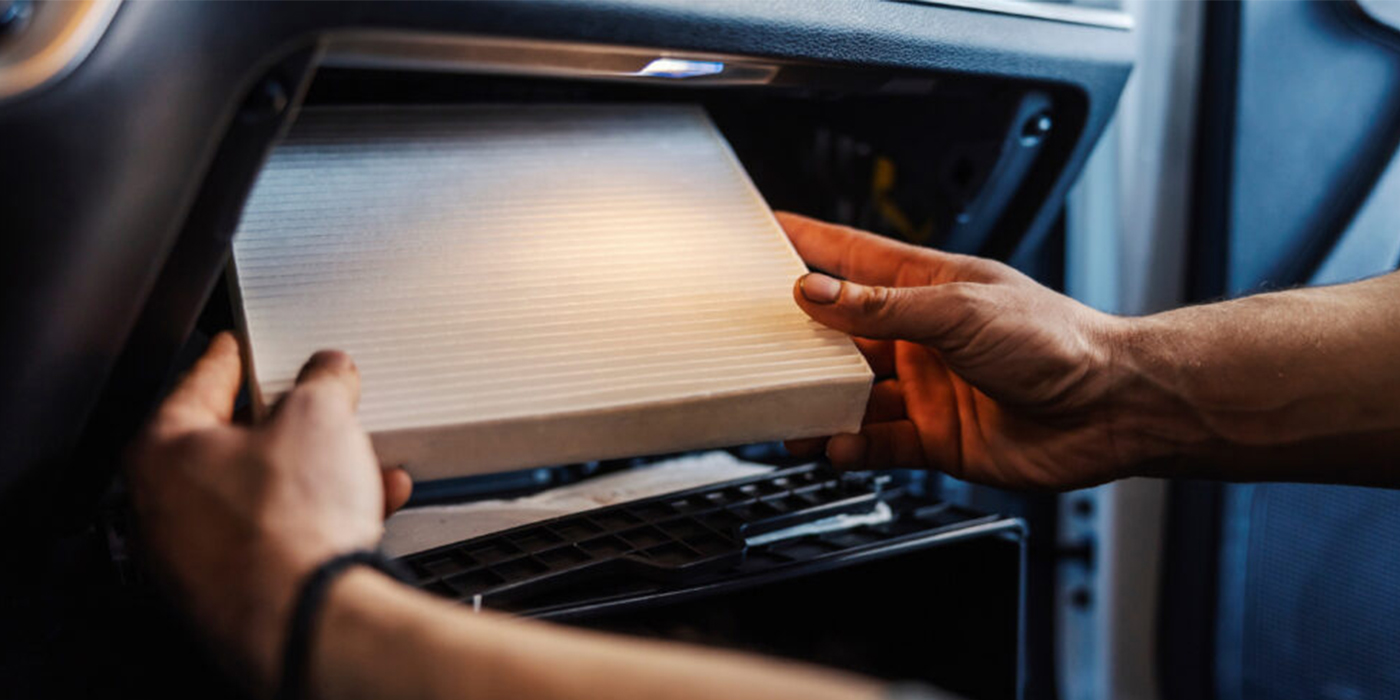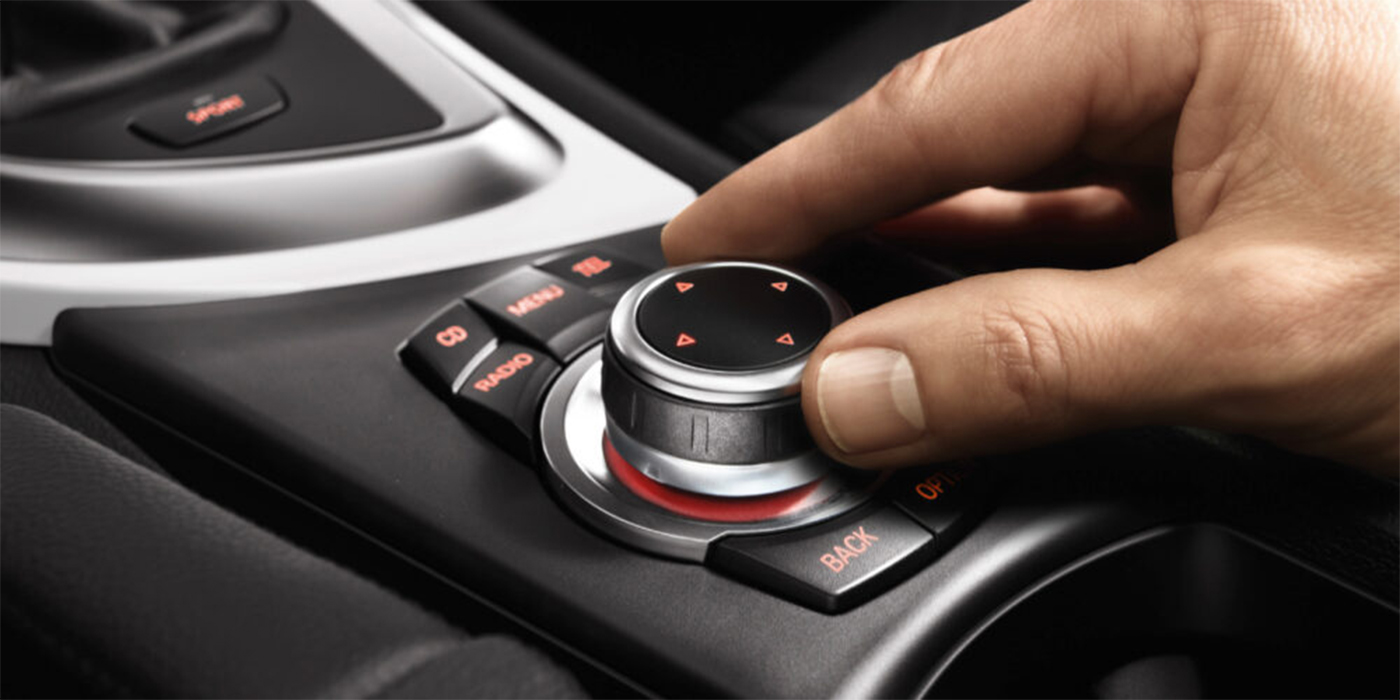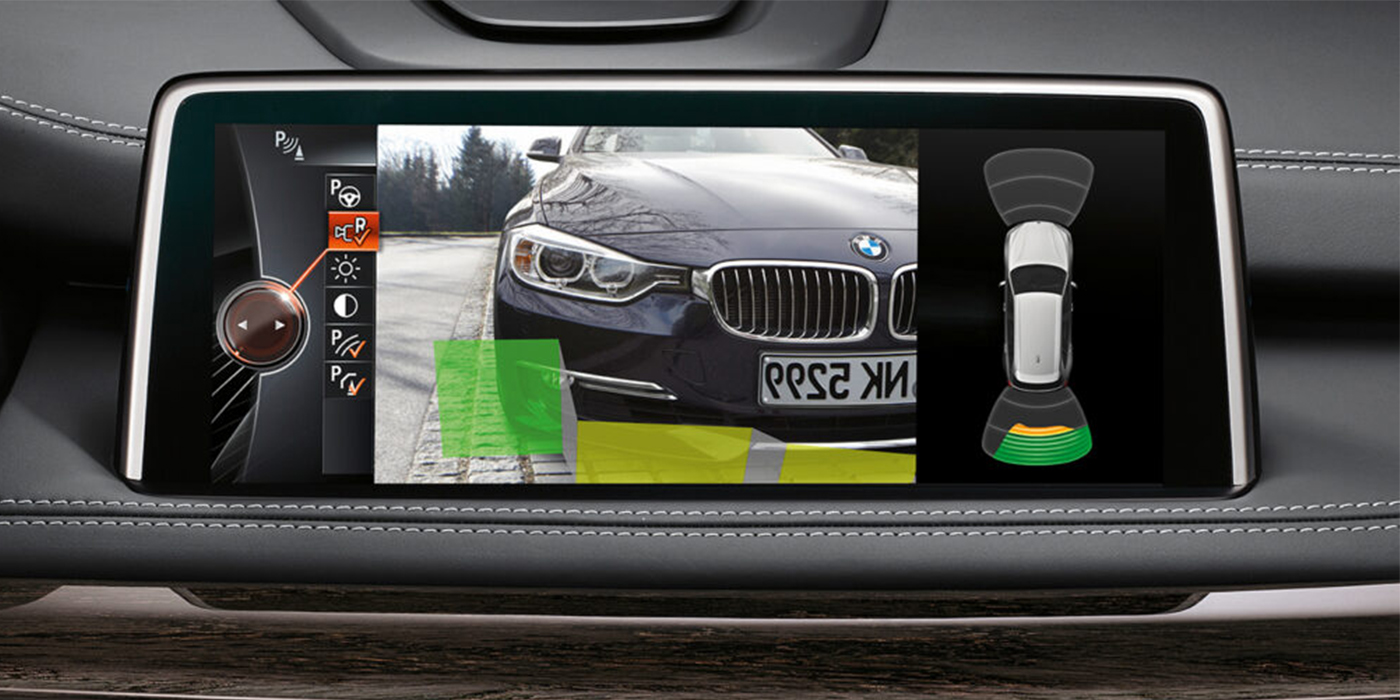BMW has been using LEDs for exterior lighting for decades. The first applications were for the third brake light for sedans. LEDs extended the life of the light, so no technician would have to lower the headliner to access the bulbs. Other LED innovations included the round halo lights that almost every young BMW enthusiast tried to fit to their older BMWs and non-BMWs.
The LED headlight high- and low-beam systems have been used for more than a decade. They have held up well with only a handful of TSBs. But, as the systems age, expect some strange behaviors to happen.
Most of the complaints you will receive from your BMW clients will involve issues where the lights are not as bright as before, or there is a warning in the driver information center for the high-beam assistant.
You need to charge diagnostic time for investigating these LED lighting problems. Also, the headlight assemblies, modules and connectors can be very expensive to source. Taking a guess can get very pricey if you can’t return the part.
Switch To LEDs
For the 2012 model year, BMW started to make the switch to LED headlights. It began with the 6 Series, and LEDs have found their way to many models, including the MINI lineup. In the same model year, the BMW Selective Beam was introduced. Basically, this system is a permanently activated high beam that is adjusted automatically so as not to dazzle other road users. Once the road is clear again, the system automatically switches to full high beam again.
The system utilizes the forward-facing ADAS camera to detect vehicles. If the camera is not calibrated properly, it will not work. The system also uses the sensors for blind spot detection to determine if a vehicle has been passed and the high beam can be turned on.
These systems also use adaptive lighting systems that change the alignment of the beams for corners and oncoming traffic.
Diagnostics
As stated previously, customers will usually complain about a lack of brightness or warning message rather than a burned-out light. Recording the customer complaint is critical to resolving the problem.
An inspection of the system is critical. The first place to look is the infotainment system and iDrive for the high-beam assistant. Many issues are due to settings for the system being changed by another driver. Next, perform a visual inspection of the lights on the exterior for illumination.
Your next step is to use a scan tool. Scan for codes in all the modules first. Look for codes in the lighting module and codes that might indicate communication codes and modules not talking. The lighting system uses information like vehicle speed from the ABS module and inputs from the forward-facing cameras.
With a scan tool and the right software, you should be able to control the light to confirm operation. The module for LED headlights is typically located in the headlight housing. It will resemble a circuit board about the size of a domino. In some cases, components on the circuit board can be damaged, and it can change the color of the high-, low- and daytime-running lamps. The result will be one light that is a different color than the other four. See BMW TSB SIB 63 04 18 for more information.
Another TSB to research is SIB 63 09 14. This TSB covers possible connector issues that cause flickering or intermittent operation of a headlight. It pertains to X3, X5 and 4 Series models with LED headlights.
The Future
In 2011, BMW first showcased the laser light in the BMW i8 Concept. The laser “boost” light is available for the high beam and supplements the efficient LED high-beam headlight with a range of 300 meters (984 feet). It is available in several models, including the 7 Series.
BMW has been experimenting with organic light-emitting diode (OLED) lighting. While the brightness is not equal to current LEDs, it does have the advantage of packaging. OLEDs do not need large reflectors that can take up 10 inches of room behind the grille.

